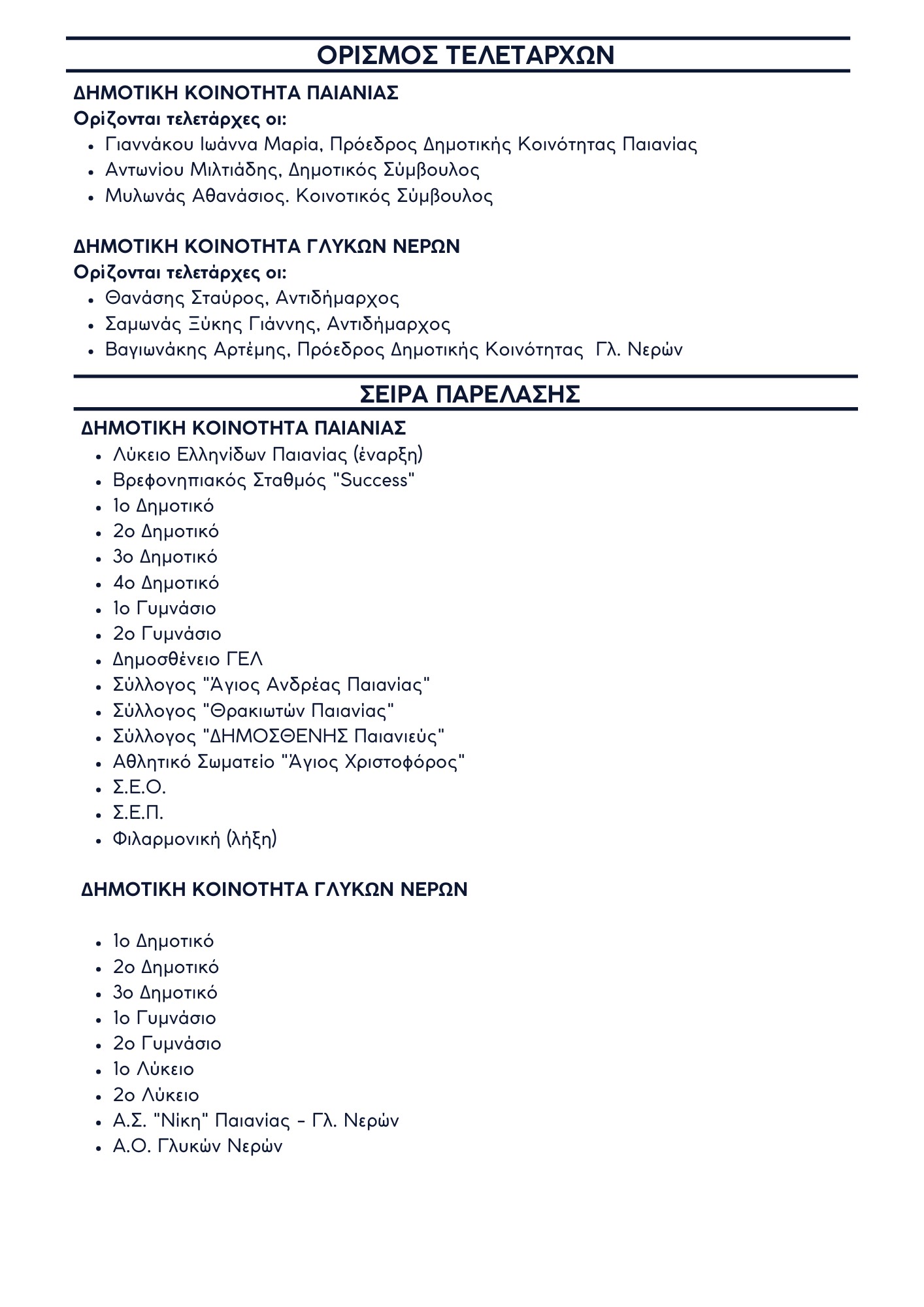Decoding The Hells Angels: Myths And Reality

Table of Contents
The History and Origins of the Hells Angels
The Hells Angels Motorcycle Club's story begins in 1948, in the post-World War II landscape of California. Founded by a group of veterans, many of whom were seeking camaraderie and a sense of purpose after their wartime experiences, the club quickly established itself within the burgeoning biker culture. This post-war counterculture provided fertile ground for the club’s growth and expansion. The initial focus was less on criminal activity and more on the thrill of motorcycle riding and brotherhood, but over time, this changed.
- Founding Year and Location: 1948, San Bernardino, California.
- Early Membership Characteristics: Primarily World War II veterans, drawn together by shared experiences and a love of motorcycles.
- Key Expansion Periods and Locations: The club experienced significant expansion throughout the 1950s and 60s, spreading across the United States and eventually internationally.
- Evolution of Club Structure and Hierarchy: The initial loose structure evolved into a more formalized, hierarchical organization, with chapters and a defined leadership structure.
The Hells Angels' Public Image: Myths and Misconceptions
The Hells Angels' public image is largely shaped by negative media portrayals, often fueled by sensationalism and a focus on their criminal activities. This has perpetuated several myths that require debunking:
- Myth 1: All members are violent criminals. Reality: While criminal activity has been associated with the club, not all members are involved in illegal acts. The club consists of individuals with diverse backgrounds and levels of involvement.
- Myth 2: They are solely involved in drug trafficking. Reality: Drug trafficking is certainly one aspect of the club's criminal activities, but it's not the sole focus. Other crimes like racketeering, assault, and violence have also been attributed to Hells Angels chapters.
- Myth 3: They are a unified global organization with a single leader. Reality: While there is some level of coordination between chapters, the Hells Angels are not a centrally controlled organization with a single supreme leader. Each chapter operates somewhat independently.
The Hells Angels' Structure and Organization
The Hells Angels are structured in a hierarchical manner, with individual chapters operating under a charter. The structure consists of several levels of membership:
- Prospects: Individuals undergoing a probationary period before becoming full members.
- Full-Patch Members: Full members who have earned the right to wear the club's iconic "death head" patch.
- Officers: Members who hold leadership positions within a chapter.
The infamous "1%er" patch symbolizes the club's defiant stance against mainstream society and law enforcement, claiming they represent the 1% of motorcyclists who refuse to conform to societal norms. The club's internal rules and code of conduct are strict and heavily emphasize loyalty, brotherhood, and adherence to the club's traditions.
The Hells Angels and the Law: Legal Activities and Criminal Investigations
The Hells Angels have a long and documented history of involvement in criminal activities. Law enforcement agencies worldwide have faced significant challenges in investigating and prosecuting the club due to its secretive nature, complex structure, and the loyalty of its members.
- Notable criminal cases: Numerous cases involving drug trafficking, racketeering, violence, and murder have involved Hells Angels members.
- Successful law enforcement operations: Several large-scale operations have targeted the Hells Angels, resulting in arrests and convictions.
- Challenges in prosecution: Witness intimidation, encrypted communications, and the difficulty of penetrating the club's secretive structure pose significant hurdles for law enforcement.
The Hells Angels' Culture and Subculture
Beyond the criminal activities, the Hells Angels possess a distinct culture rich in symbolism, ritual, and tradition. Motorcycles, of course, are central to their identity, representing freedom, rebellion, and brotherhood. Tattoos serve as powerful symbols of membership and status within the club.
- Meaning of common Hells Angels tattoos: These tattoos often represent rank, loyalty, and club history.
- Importance of motorcycle rallies and events: These gatherings serve as important social events and opportunities for members to connect.
- Social interactions and relationships within the club: Strong bonds of brotherhood and loyalty are cultivated within the club, forming a significant aspect of its culture.
Conclusion: Understanding the Complex Reality of the Hells Angels
Understanding the Hells Angels requires moving beyond sensationalized media portrayals and acknowledging the complex reality of their history, structure, and activities. While undeniably involved in criminal enterprises, the club is not solely defined by its illegal actions. Its culture, internal structure, and history contribute to a multifaceted picture. Continue exploring the complex world of the Hells Angels by researching reputable sources and forming your own conclusions about this infamous motorcycle club. Further your understanding of the Hells Angels by exploring the history and realities of this complex organization.

Featured Posts
-
 Sutherland Family Kiefer Honors Donald At Canadian Screen Awards
May 26, 2025
Sutherland Family Kiefer Honors Donald At Canadian Screen Awards
May 26, 2025 -
 Rehoboth Beach Your Stress Free Escape
May 26, 2025
Rehoboth Beach Your Stress Free Escape
May 26, 2025 -
 Paris Roubaix Spectator Surrenders After Throwing Bottle At Van Der Poel
May 26, 2025
Paris Roubaix Spectator Surrenders After Throwing Bottle At Van Der Poel
May 26, 2025 -
 Paris Roubaix Incident Spectator Confesses To Throwing Bottle At Van Der Poel
May 26, 2025
Paris Roubaix Incident Spectator Confesses To Throwing Bottle At Van Der Poel
May 26, 2025 -
 Wta Italian Open Gauff Beats Zheng In Semifinal Clash
May 26, 2025
Wta Italian Open Gauff Beats Zheng In Semifinal Clash
May 26, 2025
Latest Posts
-
 Ti Na Deite Stin Tileorasi Tin Kyriaki 11 5
May 30, 2025
Ti Na Deite Stin Tileorasi Tin Kyriaki 11 5
May 30, 2025 -
 Guia De Programacion De Television Del Sabado 10 5 This Is Incorrect As The Keyword Is In Greek And This Is In Spanish
May 30, 2025
Guia De Programacion De Television Del Sabado 10 5 This Is Incorrect As The Keyword Is In Greek And This Is In Spanish
May 30, 2025 -
 Kyriaki 11 5 Plires Programma Tileoptikon Ekpompon
May 30, 2025
Kyriaki 11 5 Plires Programma Tileoptikon Ekpompon
May 30, 2025 -
 Plires Programma Tileoptikon Metadoseon Gia To Savvato 10 5
May 30, 2025
Plires Programma Tileoptikon Metadoseon Gia To Savvato 10 5
May 30, 2025 -
 Savvatiatiko Programma Tileorasis 10 Maioy
May 30, 2025
Savvatiatiko Programma Tileorasis 10 Maioy
May 30, 2025
